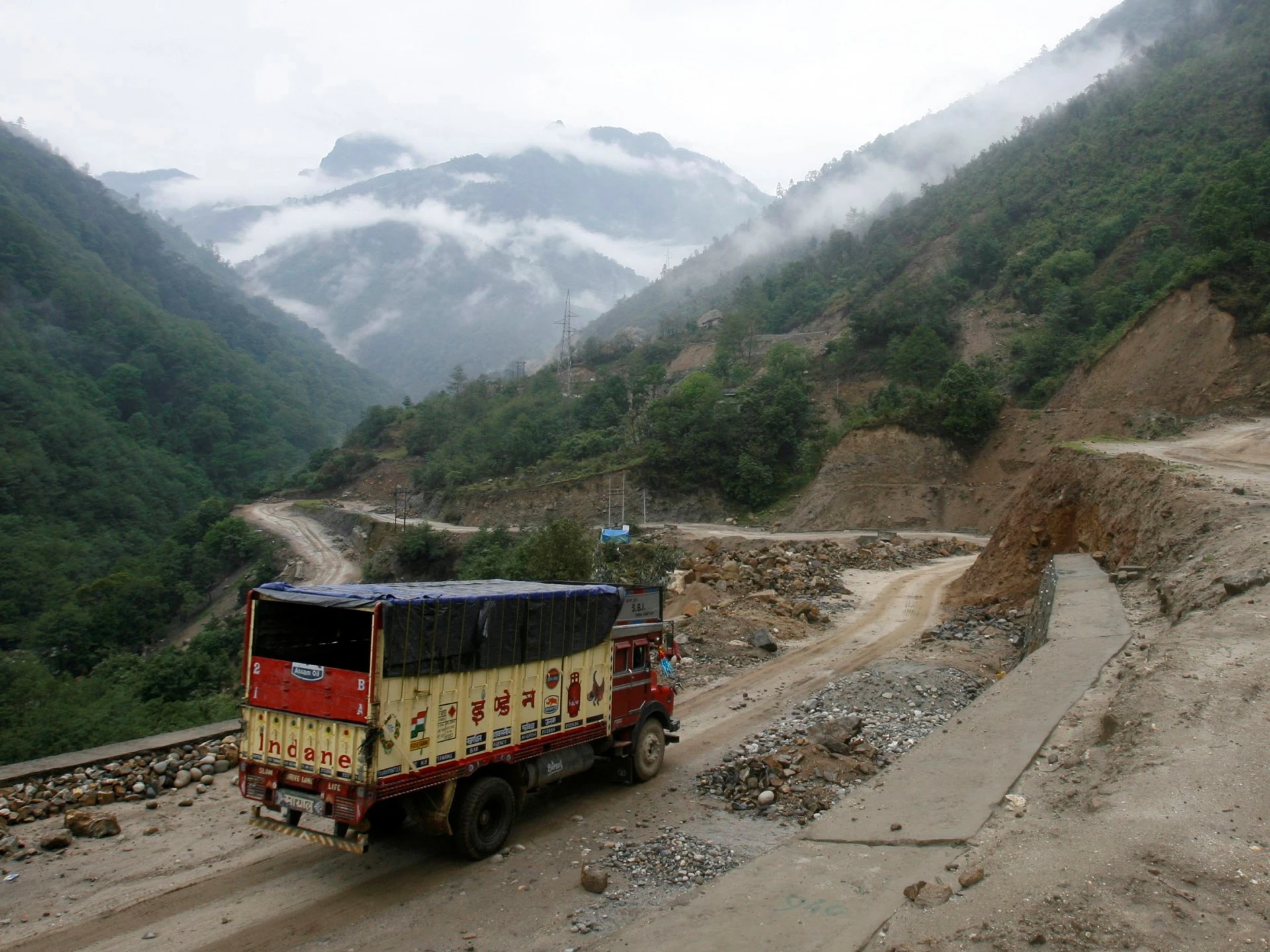‘Dam for a dam’: India, China edge towards a Himalayan water war
‘Dam for a dam’: India, China edge towards a Himalayan water war

‘Dam for a dam’: India, China edge towards a Himalayan water war

Despite local protests, India is building a giant hydro dam on the Siang River to counter a Chinese dam – the world’s largest – upstream in Tibet. Millions of people in India and Bangladesh could be hurt.
The Siang River, cutting through serene hills, has been considered sacred for centuries by Jijong’s ancestors in the Adi tribal community – farmers whose livelihood depended on its water.
But all of that is now at risk [...] as India moves to build its largest dam over their land.
[...]
[But a local Indian minister] has insisted that it is “not just a hydro dam,” but that its “real objective is to save the Siang River”.
From China.
[...]
At the heart of the Indian dam project that Jijong and his community are opposing is a geostrategic contest for water and security between New Delhi and Beijing, who are locked in a tense rivalry that, in recent years, has also at times exploded into deadly border clashes.
The Siang River originates near Mount Kailash in Tibet, where it is known as the Yarlung Zangbo. It then enters Arunachal Pradesh and becomes much wider. Known as the Brahmaputra in most of India, it then flows into Bangladesh before sinking into the Bay of Bengal.
Last month, China approved the construction of its most ambitious – and the world’s largest – dam over the Yarlung Zangbo, in Tibet’s Medog county, right before it enters Indian territory.
Soon after China first officially announced its plan to construct the dam in 2020, officials in New Delhi started seriously considering a counter-dam to “mitigate the adverse impact of the Chinese dam projects”. The Indian government argues that the Siang dam’s large reservoir would offset the disruption in the flow of the river by the upcoming Medog dam, and safeguard against flash floods or water scarcity.
But the presence of two giant dams in a Himalayan region with a fragile ecosystem and a history of devastating floods and earthquakes poses serious threats to millions of people who live there and further downstream, caution experts and climate activists. And India and China’s dangerous power tussle over Himalayan water resources could disproportionately hurt Indigenous communities.
[...]